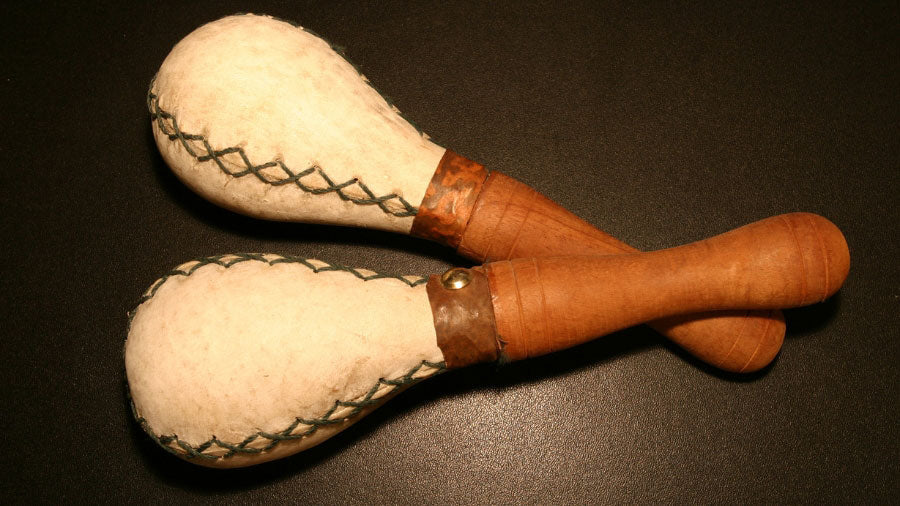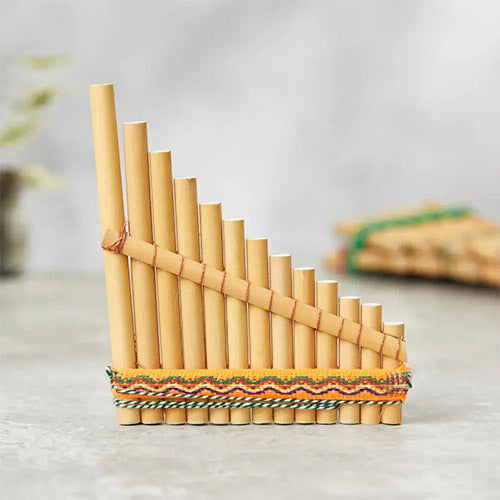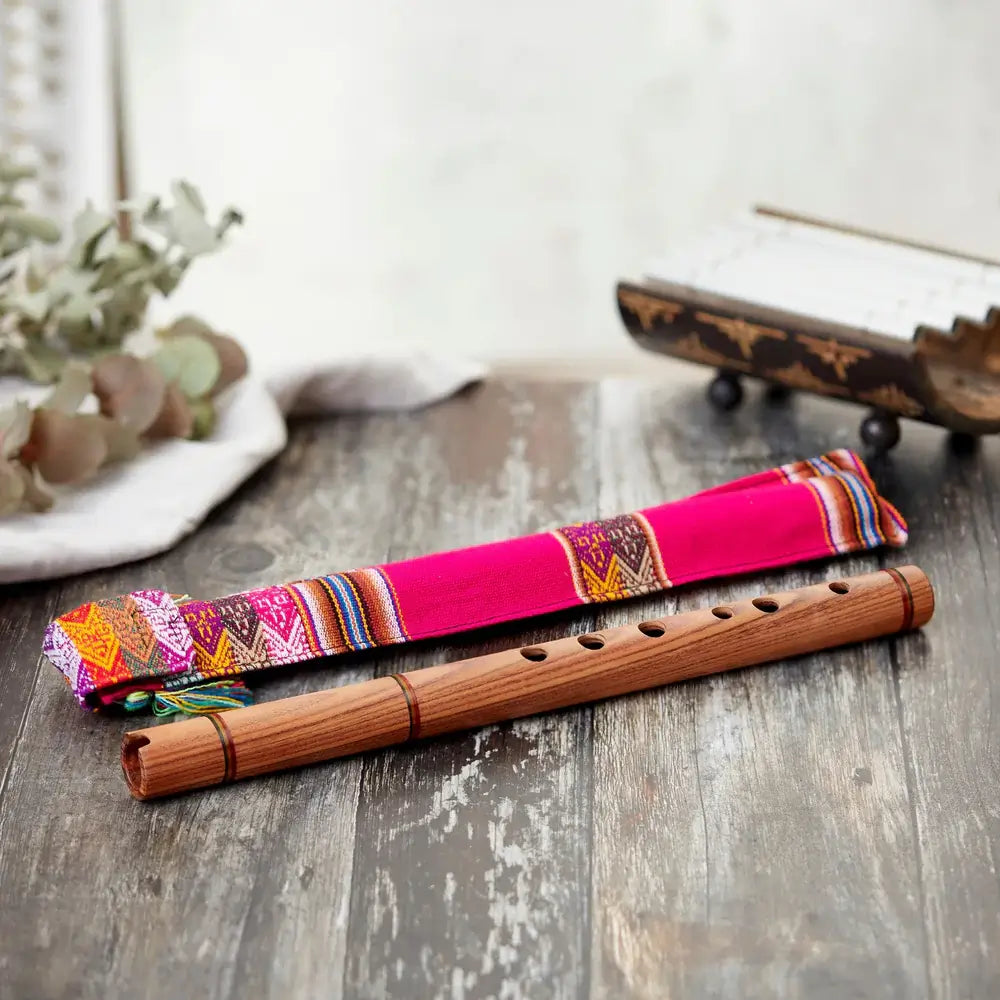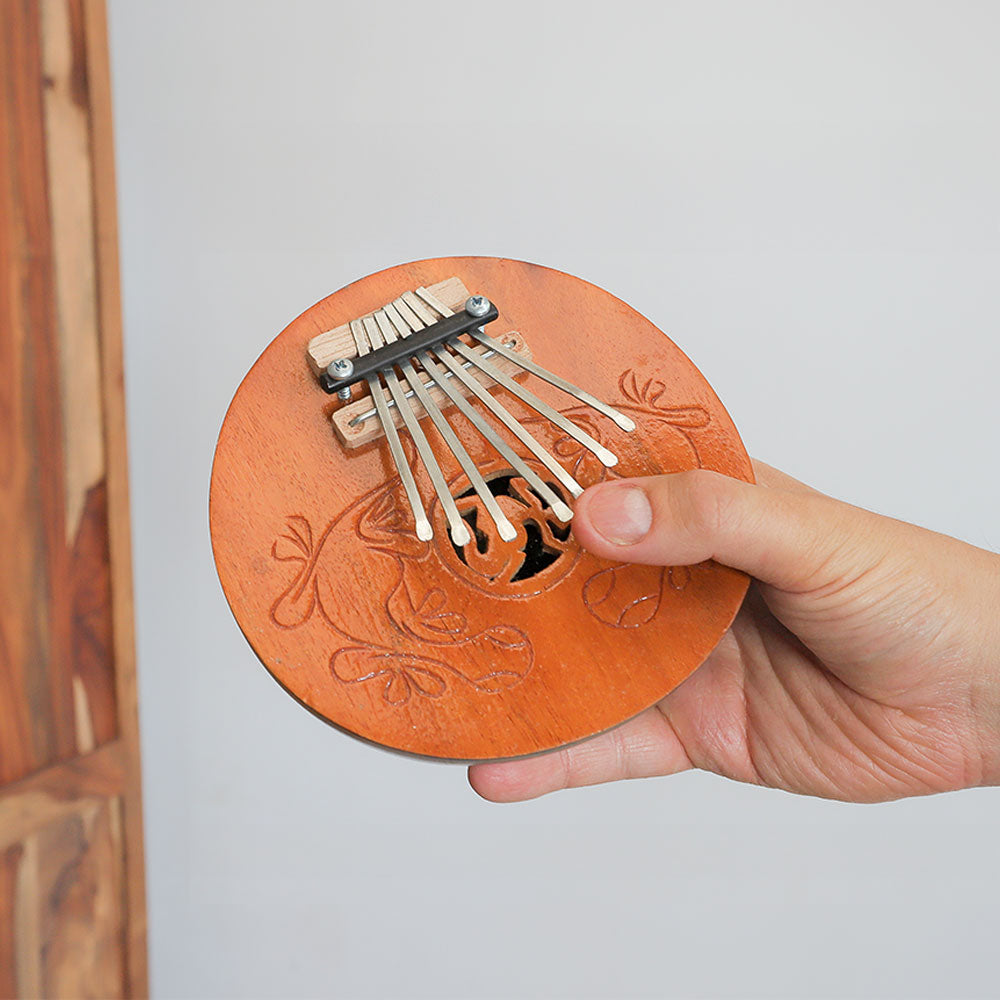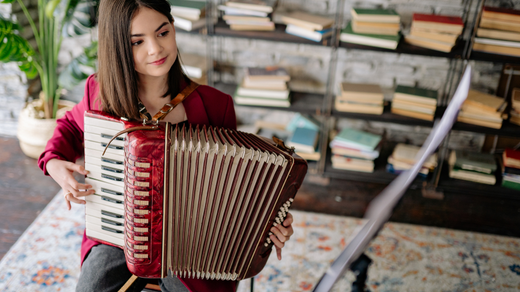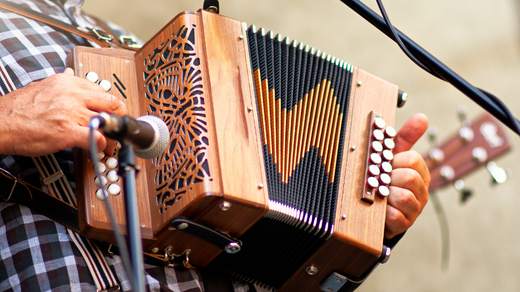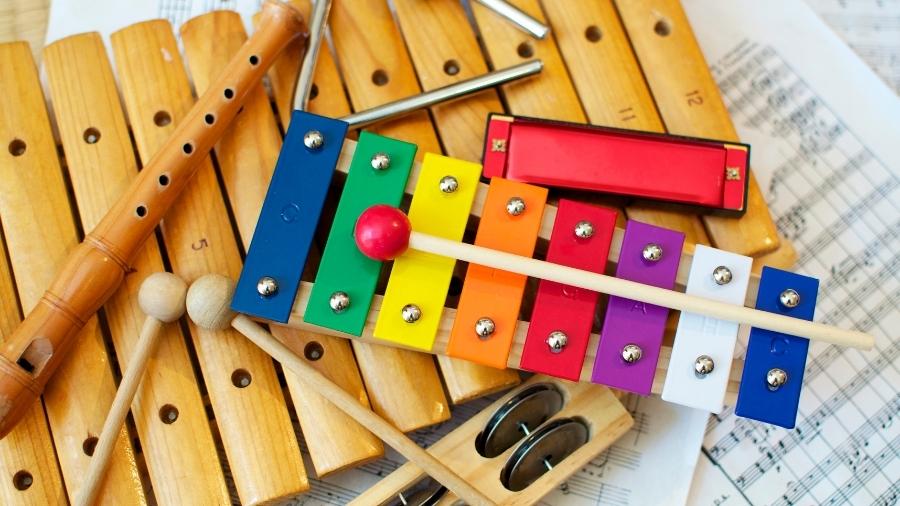A maraca is a handheld percussion instrument traditionally made from a dried gourd filled with seeds, beads, or small pebbles and attached to a handle. When shaken, it produces a rhythmic rattling sound used to add texture and drive to musical compositions. Maracas are widely used in Latin American, Caribbean, and African music and are commonly played in pairs. They are especially popular in salsa, samba, and folk traditions. Often associated with countries like Cuba, Puerto Rico, and Brazil, maracas are used by professional musicians, music educators, and rhythm-based therapy practitioners alike.
History of Maraca
The maraca has indigenous origins tracing back to pre-Columbian times in Latin America, particularly among the Tainos of the Caribbean and the Guarani of South America. These early versions were crafted from natural gourds and used in rituals and ceremonies to communicate with spirits or influence nature. The instrument spread throughout the region due to its portability and rhythmic appeal, becoming a staple in Afro-Latin and South American musical traditions. While no single person is credited with inventing the maraca, its cultural roots are firmly embedded in ancient tribal communities across what is now known as Central and South America.
Types of Maraca
Maracas come in a variety of forms, distinguished by material, size, and sound. Traditional maracas are made from dried gourds, but modern versions are often made of wood, plastic, leather, or rawhide. Some are filled with seeds for a soft tone, while others use metal beads for a sharper, louder sound. Common varieties include single-handled maracas for one-handed play and double-headed versions used in orchestral settings. Unique designs like Venezuelan maracas are known for complex playing techniques and rhythmic sophistication, while toy or educational maracas are lighter and easier to handle. Each type offers distinct tonal qualities suited for different styles and skill levels.
Rattlesnake Maracca

★★★★★ - “Fabulous. Thank you”. - Verified Buyer
The Rattlesnake Maraca is a smooth-sounding, lightweight wooden shaker crafted in Germany, known for its high quality and eco-friendly design. Measuring approximately 13cm and weighing just 40g, it’s perfect for musicians and anyone over three years old, offering a fun and safe way to explore rhythm. Each maraca is sold individually and comes in assorted block-pattern colours like red, brown, and black. Easy to care for with just a damp cloth, it’s a compact percussion instrument that’s both playful and responsibly made—ideal for musical play or classroom use under supervision.
Purchase the Rattlesnake Maraca Here.
Yaan Bee Maracas

The Yaan Bee Maracas are a charming pair of wooden shakers featuring a playful striped bee design, available in either blue or yellow. Designed for children over four, these 7.5" maracas are perfectly sized for small hands but should be used with adult supervision due to the small internal parts. Made in China, they're both fun and functional, offering a vibrant way to explore rhythm while adding a touch of animal-themed flair to musical play. Easy to care for with a simple wipe, they’re a delightful addition to any beginner percussion set.
Purchase the Yaan Bee Maracas Here.
Coconut Shell Maraca

★★★★★ - “My new place for percussion. Extremely happy with my purchase. Well packaged, and arrived quickly”. - Verified Buyer
These vibrant coconut shell maracas from Indonesia are crafted by attaching polished, bead-filled coconut shells to smooth wooden handles, creating a fun and versatile shaker suitable for all skill levels. Each Fairtrade instrument features a unique hand-painted sunny dot design, though patterns may vary slightly due to their handmade nature. Measuring 21cm long and weighing 140g, they’re available in plain or colourful designs and can be played solo or more effectively as a pair. A lively addition to any percussion setup, with charm and quality built in.
Purchase the Coconut Shell Maraca Here.
Tips for Choosing the Right Maraca
When choosing maracas, consider the material, size, and sound quality. Wooden or gourd maracas offer warm, traditional tones, while plastic versions are durable and louder for live performances. The size and weight should feel comfortable in your hands—smaller maracas are great for beginners or children, while larger ones produce deeper, fuller sounds. Hand-painted or Fairtrade options can add unique character and ethical value. Maracas are suitable for musicians of all levels, from beginners exploring rhythm to professional percussionists, as well as music teachers, performers, and anyone who enjoys adding vibrant, rhythmic textures to music.
The Pros and Cons of Buying a Second-Hand Maraca
Buying second-hand maracas can be cost-effective and may even offer vintage, handmade designs with unique character. However, they might have internal bead wear, cracks, or faded paint that affects sound and durability. New maracas ensure better quality, reliability, and often come with a warranty or guarantee. Handmade maracas, especially those made from natural materials like gourd or coconut, provide a richer tone and artistic touch, though they can cost more. If you’re after quality and longevity, investing in new, well-crafted maracas is ideal, but for experimentation or a rustic vibe, second-hand can be a charming, budget-friendly choice.
Unique Maraca Accessories
To care for your maracas, consider padded cases for storage or travel to prevent damage. If they are made of wood, a light coat of natural oil like linseed or lemon oil can keep them conditioned and prevent cracking. Display stands are great for showcasing hand-painted or artisan maracas. For performance, wrist straps can help prevent slipping during fast rhythms, and grip wraps add comfort. Additionally, pairing maracas with instructional books or rhythm guides can help develop playing techniques, while recording accessories like mic mounts can enhance their sound in live or studio setups.
Maraca in Popular Music
Maracas are widely used in Latin, salsa, samba, and Afro-Caribbean music, but they’ve also made their mark in pop, rock, and jazz. They have appeared in iconic tracks like “Sympathy for the Devil” by The Rolling Stones and are often used by artists such as Carlos Santana and Tito Puente to add rhythmic flair. Their bright, shaking sound blends perfectly with congas, bongos, and other percussion, making them a staple in world music and festival performances. Maracas bring both energy and texture to a song, from upbeat dance rhythms to subtle background layers in studio recordings.

